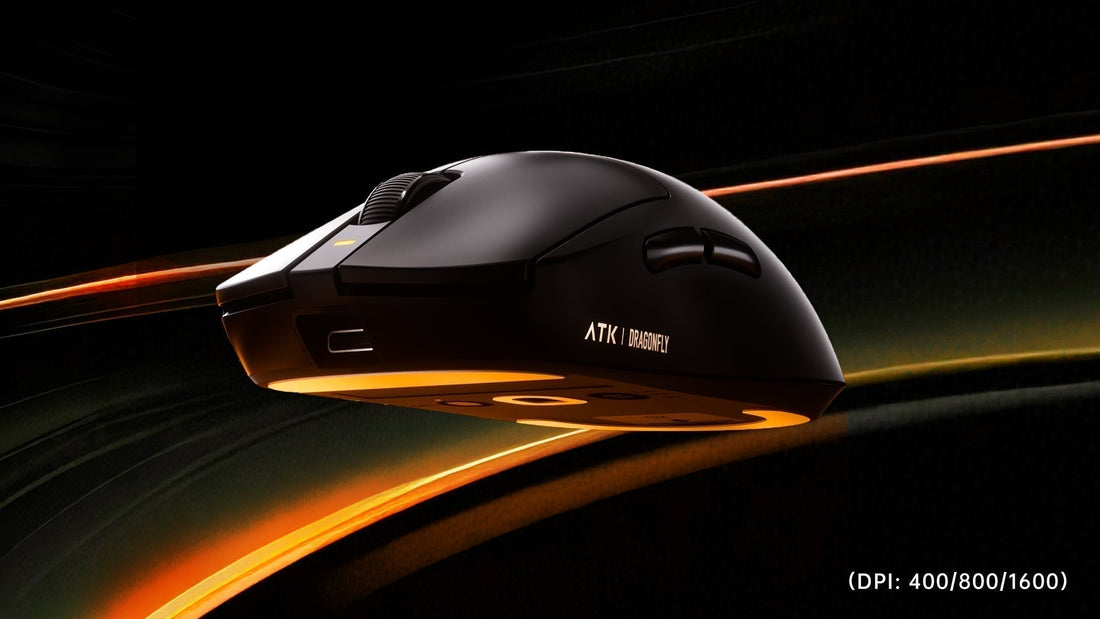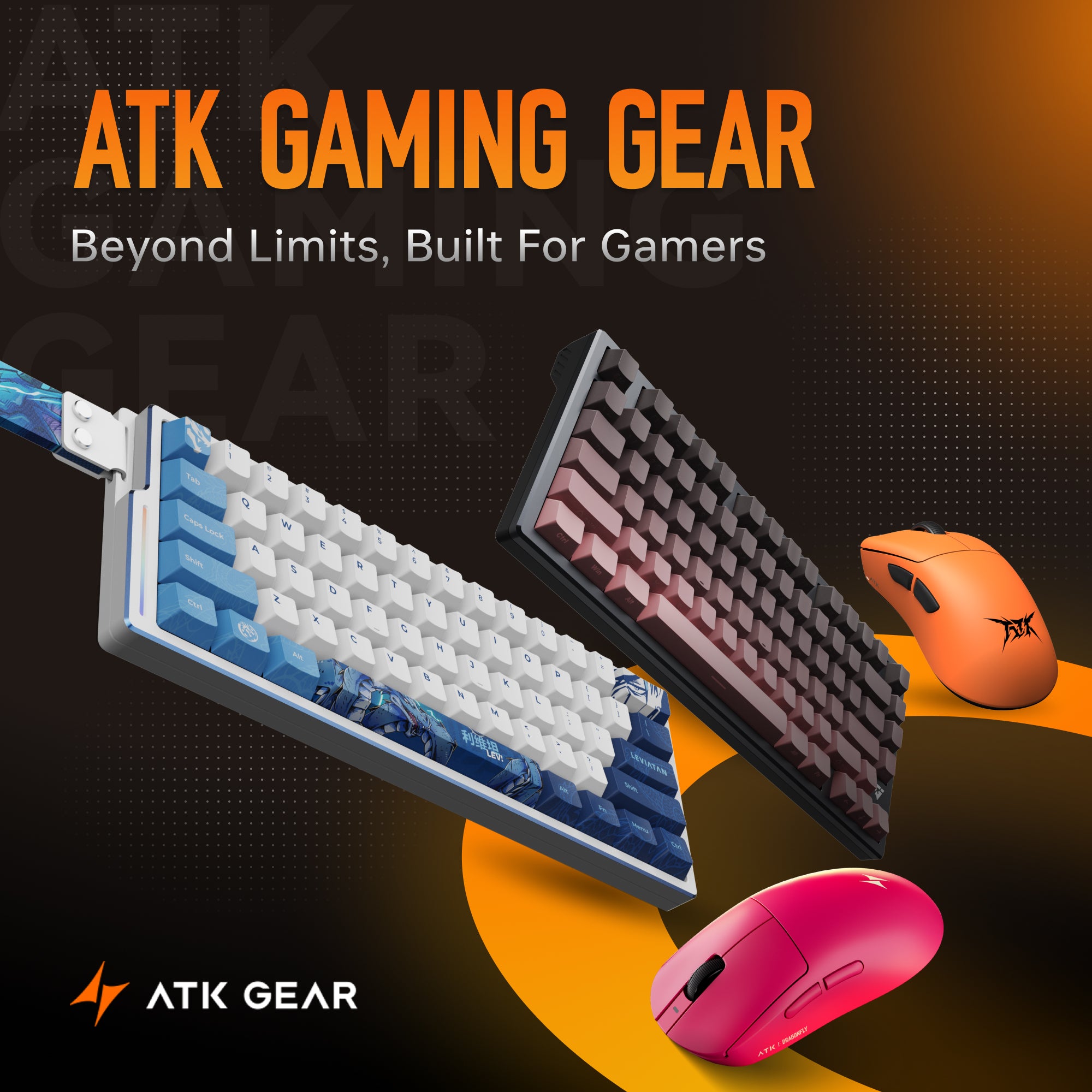How to Find the DPI That Suits Your Mouse Best
You've probably heard "DPI" tossed around, especially if you're a gamer or your mouse is more high-end, but what is it exactly, and how do you establish the "sweet spot" for your own setup? It's not just some arbitrary number; getting your DPI adjusted properly really does make a huge difference in responsiveness of your mouse and feel. I've wasted more time than I care to admit adjusting these settings, so let me walk you through it.
What's the Deal with Mouse DPI Anyway?
DPI stands for "Dots Per Inch". In other words, it's a method of determining how sensitive your mouse is to movement. Getting this setting right can significantly enhance your mouse experience across all your computing tasks. If your mouse has a higher DPI, then your cursor will move farther on the screen for every inch that you actually move the mouse. If your DPI is lower, then you'll need to move your mouse more in order to get the same distance of cursor travel. It's similar to the "gearing" of your mouse. It is actually very important since it affects your speed and accuracy immediately when you are navigating, working, or, more importantly, gaming.
DPI vs. CPI: Are They Different?
You might even see the abbreviation CPI, which stands for "Counts Per Inch." Technically speaking, when we're talking about mice, DPI and CPI are equivalent. Some manufacturers use CPI because it's a more accurate technical definition of what the mouse sensor does – it's taking a measure of the "steps" or "counts" it detects in an inch of movement. But don't sweat it too much; whenever you hear DPI or CPI, they're referring to mouse sensitivity. DPI just happened to become the more used term in marketing.

Figure Out Your Own DPI Needs
The "best" DPI isn't a one-size-fits-all number. It really depends on what you're doing with your mouse:
Gaming
- FPS (First-Person Shooters) Games: Many pro players use lower DPI settings (like 400-800) combined with a lower in-game sensitivity. This gives them more precise aim because they use larger arm movements for big turns and finer wrist/finger adjustments for small corrections.
-
MOBA/RTS Games: Some players in these genres might prefer slightly higher DPIs for quicker map navigation or unit selection, but precision is still key.
Graphic Design/Photo Editing
Precision is paramount here. Lower DPI settings can be beneficial for detailed work, allowing for very fine adjustments without the cursor jumping around.
General Office Work/Browsing
For everyday tasks, a moderate DPI (maybe 800-1600) is often comfortable. You want to be able to move across your screen efficiently without having to make huge mouse movements, but also without the cursor feeling too skittish.
Your personal comfort and how much desk space you have also play a big role.

Why Do So Many Pro Gamers Stick to 400 or 800 DPI?
You'll hear a lot about pro gamers, especially in FPS titles like CS:GO or Valorant, using 400 or 800 DPI. There are a few reasons for this. Firstly, consistency. Many started playing when these were standard high-performance options, and they've built muscle memory around them. Secondly, lower DPI forces larger physical movements for aiming, which can lead to smoother, more controlled aim and reduce a "jittery" feel that higher DPIs can sometimes introduce, especially if the sensor isn't top-tier or if your hand isn't perfectly steady. It allows for a greater margin of error in hand movement for fine adjustments.

How to Actually Check and Adjust Your Mouse DPI (No Fancy Tools Needed!)
Many gaming mice have dedicated DPI buttons right on them, often below the scroll wheel or on the side, allowing you to cycle through preset levels. The mouse manufacturer's software is the main place you'll go to customize these DPI settings or set a specific value. For example, if you're using an ATK mouse, you'd typically use ATK HUB software, which is a downloadable application for your computer. Alternatively, ATK also offers ATK HUB WEB, which allows you to configure and save your mouse settings directly through your internet browser, offering flexibility in how you manage your device preferences.
If you're unsure what your current DPI is, or if your mouse doesn't have obvious on-the-fly buttons or software:
- Some mouse software will display the current DPI.
- For a rough estimate without software, you can use an "online DPI analyzer" or "DPI calculator."These usually involve measuring how far you have to move your mouse to make the cursor travel a set distance on screen (e.g., from one side to the other). It's not perfectly accurate but can give you a ballpark.
- To adjust, if your mouse has software, open it up. You should find a performance or DPI settings tab. Here you can usually set multiple DPI stages or a single preferred DPI.
If your mouse has no software or physical DPI buttons, you might be stuck with its default DPI, or you can only adjust pointer speed in your operating system settings (which is different from true DPI, as it uses software interpolation).

DPI and Your Screen Resolution: What's the Connection?
Screen resolution definitely plays a part. If you have a high-resolution monitor (like 1440p or 4K), your cursor has to travel more pixels to get from one side to the other. So, a DPI that felt fine on a 1080p monitor might feel slow on a 4K screen. You might need to bump up your DPI slightly to maintain a similar "feel" or speed of cursor movement across a larger pixel canvas. However, many people still prefer to keep their DPI low and adjust in-game sensitivity or Windows pointer speed if needed, to maintain that raw input precision.
Mouse Pads and Your Grip Style Matter Too!
The surface you're using and how you hold your mouse can influence your ideal DPI setting.
Mouse Pad Size
If you have huge mouse pads, you have the luxury of making large, sweeping arm movements, which pair well with lower DPI settings for greater precision. If you're working with a tiny patch of desk space, a lower DPI might mean you're constantly lifting your mouse, in which case a higher DPI might be more practical.
Grip Style
- Palm Grip: Your whole hand rests on the mouse. Often associated with larger arm movements, and can be comfortable with lower DPIs.
- Claw Grip: Palm arched, fingertips and back of palm on the mouse. Allows for a mix of arm and wrist movement.
- Fingertip Grip: Only fingertips touch the mouse. Relies heavily on fine finger and wrist adjustments, and some using this grip might prefer slightly higher DPIs for quickness, though precision is still key.
Ultimately, it's about what allows you to be accurate and comfortable.

Find Your Perfect Mouse DPI Setting
There's no magic DPI number that's best for everyone. It's a blend of your tasks (gaming, work), your screen resolution, your physical setup (desk space, mouse pad), and, most importantly, your personal preference and what feels natural. Start with a common baseline like 800 DPI, then adjust it up or down in small increments. Play your games, do your work, and see how it feels. Are you overshooting targets? Maybe lower it. Does it feel like dragging your cursor through mud? Try bumping it up. Experiment until you find that DPI setting that makes your mouse feel like an extension of your hand.



